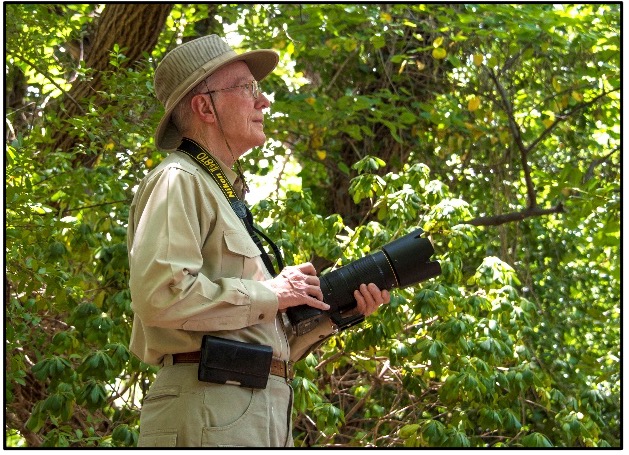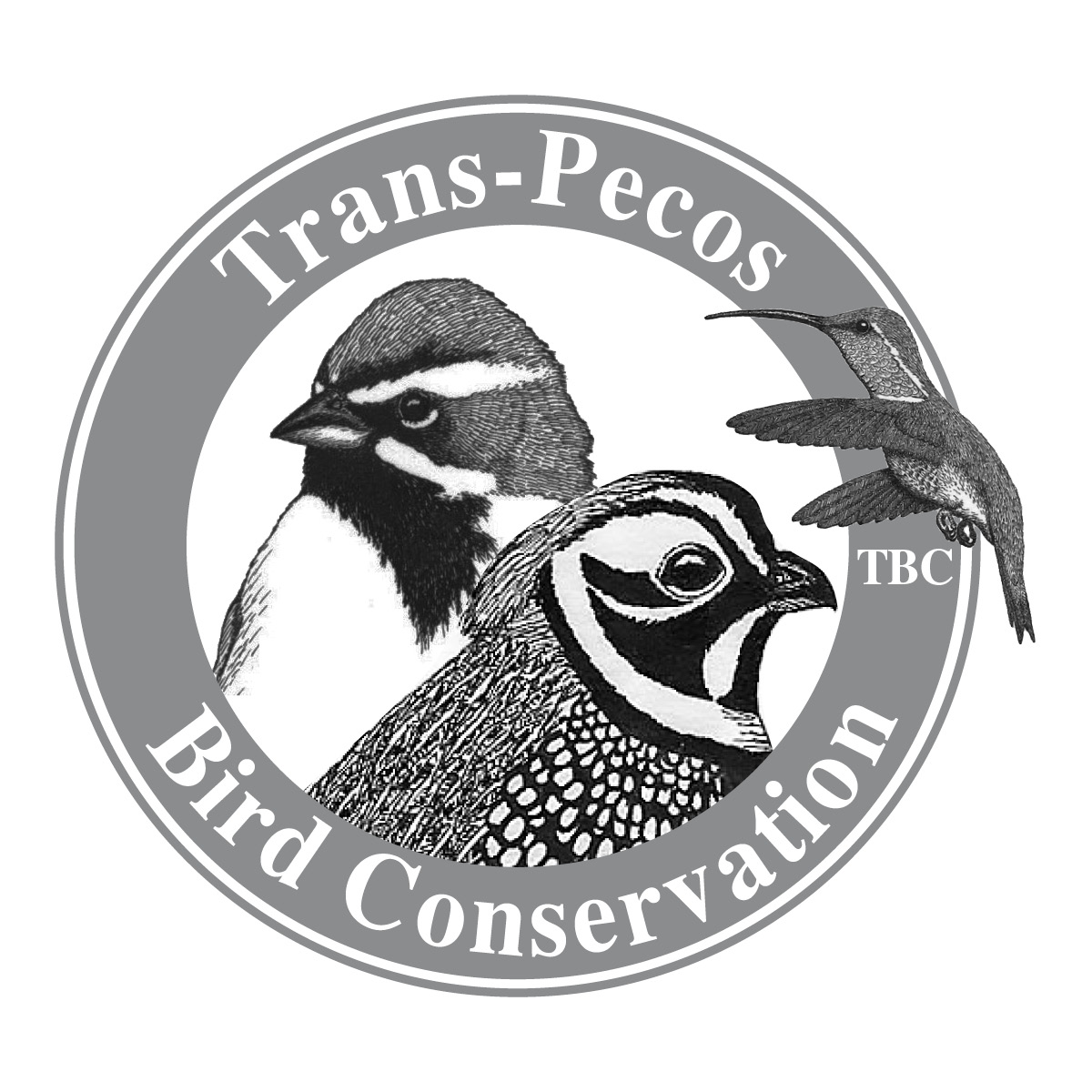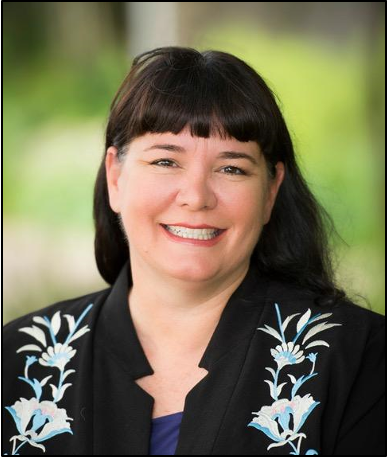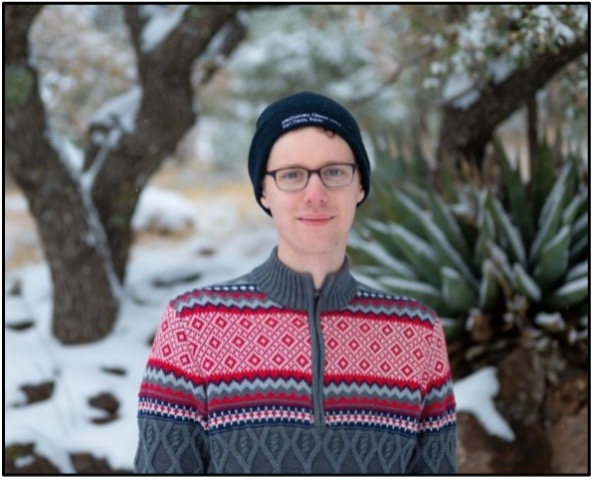2025 Davis Mountains Hummingbird Presentations Lineup
Jennifer L. Bristol
Keynote Speaker
Easy Birding from Parking Lots to Cemeteries
While conducting research about the connection between nature and people I kept hearing the same remarks “nature is a faraway place.” Or “I never know what to do when I get to a park.” I wanted to change that mindset and offer people opportunities to have rich experiences in nature that were welcoming, meaningful and easy. Since birding is one of those experiences that gives people a purpose to be in the outdoors, and something near and dear to my heart, I decided to write a series of books to help people discover the wonders of birding in Texas. Parking Lot Birding focuses on parks, nature centers and other local birding spots, while Cemetery Birding focuses on – well – cemeteries. While doing the research for both books from 2018 to 2021, I traveled to over 430 parks, nature centers, wastewater treatment ponds, sanctuaries, highway rest stops, historic sites, and cemeteries to find the perfect combination of habitat, birds, interesting places and accessible, easy spaces to immerse in nature. Join me for a chat about what I discovered along the way as I endeavored to dispel the myth that nature is some faraway place, with an optional book-signing afterward.
Bio
Jennifer L. Bristol is the author of Parking Lot Birding: A Fun Guide to Discovering Birds in Texas and Cemetery Birding: An Unexpected Guide to Discovering Birds in Texas. She recently contributed a chapter to her father’s book, Texas State Parks: The First 100 Years 1923-2023. She is the former director of the Texas Children in Nature network at the Texas Parks and Wildlife Department where she developed a grassroots movement around the need to better connect children and families with nature for a healthier and happier future. For her efforts to connect youth with nature she received the Westcave Outdoor Discovery Center, Enduring Dedication Award and the Phil Hardburger Park Conservancy’s Nature Hero Award. In 2018 and 2019 she received the Great Texas Birding Classic’s Most Valuable Birder Award. She has been a park ranger, business owner, marketing executive, and worked in the Texas film industry. Having a deep sense of service, she has served on the Environmental Commission (secretary), Downtown Commission – (vice chair) for the City of Austin, Travis County Bond Citizen Advisory Board – (vice chair) and on numerous national and local boards. Bristol resides in Austin with her husband and four charismatic dogs
Books:
Parking Lot Birding: A Fun Guide to Discovering Birds in Texas – April 2020
Cemetery Birding: An Unexpected Guide to Discovering Birds in Texas – Summer 2023
Texas State Parks the First 100 Years: 1923-2023 – contributor – Spring 2023
The Art and Science of Hummingbirds
 By Dr. Johnny Bliznak
By Dr. Johnny Bliznak
In The Art and Science of Hummingbirds, you’ll learn all about what makes hummingbirds tick: their possible ancestry, anatomy, physiology, nutrition, flight, torpor, iridescent feather coloration, and bill-flower relationship. Dr. Bliznak will also take you through a detailed presentation of ten hummingbird species, including many beautiful photographs. A must-see for all Davis Mountains Hummingbird Celebration participants
Bio
Dr. Bliznak graduated from the University of Texas at Austin with a B.A. degree in zoology and later graduated with an M.D. degree from Washington University School of Medicine in St. Louis, MO. He practiced general and musculoskeletal radiology for 43 years until his recent retirement. He lives in Abilene, Texas, and does hummingbird photography whenever he can. He has been interested in photography from the time he was 10 years old and has been photographing hummingbirds for 15 years in both North and Central America.
Pupfish to Ponderosas:
The Nature Conservancy’s West Texas Conservation Work
 by Kaylee French
by Kaylee French
Join Kaylee French, West Texas Education and Outreach Coordinator, to review The Nature Conservancy’s past, present and future conservation work from the Devils River to the Davis Mountains. Learn about the organization’s six west Texas preserves and the partnerships between them that help make conservation across west Texas possible.
Bio
Kaylee French is the West Texas Education and Outreach Coordinator for The Nature Conservancy. She is responsible for creating and implementing all interpretive, educational, and outreach programs for natural resources on TNC’s six West Texas Preserves and assists in the management, maintenance, and conservation of these Preserves by working with visitors, volunteers, staff, and partnering researchers. Originally from Guthrie, OK, Kaylee is passionate about fostering knowledge, appreciation, respect, and a love of nature for all generations..
Hummingbirds of the Americas
 by Mike Gray
by Mike Gray
Hummingbirds are one of the avian wonders of the world. From the diminutive Bee Hummingbird in Cuba – probably the smallest bird in the world – to the Giant Hummingbird of Ecuador. Many exhibit wonderfully iridescent plumage that changes in varying light; some, like the Sword-billed Hummingbird, have remarkable adaptations for feeding. An encounter with any one of them leaves a lasting memory. There are about 320 species of hummingbirds, occurring only in the New World and ranging from Alaska in the north to Tierra del Fuego in the south; from Barbados in the east to the Juan Fernandes Islands in the west. In his travels, Mike has photographed 153 hummingbird species and is pleased to share some of the most beautiful with you here in Fort Davis.
Bio
Mike Gray has been an avid birder and wildlife photographer for over 45 years and has photographed many thousands of birds across the US, including efforts in New Jersey, New Mexico, Alaska, Oklahoma, Washington, Oregon, Texas, Colorado, Maine, and California. His international photography experience includes Mexico, Cuba, Costa Rica, Belize, Panama, Ecuador, Peru, Brazil, Puerto Rico, Cayman Islands, England, France, Norway, Spain, Denmark, Germany, Qatar, and Thailand. Retired from Chemical engineering and now living in Fort Davis, Mike has made a concerted effort to photograph every critter he can find in the Davis Mountains! He serves as the Trans-Pecos Bird Conservation Treasurer and works tirelessly on local Habitat Enhancement projects.
Preserving Darkness:
Nocturnal Environments in the Big Bend Region
by Stephen Hummel
Naturally dark environments are rapidly disappearing as light pollution increases at an average rate of 10% each year globally. Light pollution is a significant concern for migratory birds and is believed to contribute to the deaths of tens of millions of birds each year in North America alone. In the Big Bend region, efforts to protect the night sky and nocturnal environments have led to the creation of the Greater Big Bend International Dark Sky Reserve, the largest area in the world where the night sky is protected and one of only two such areas that crosses an international border. Thanks in part to these ongoing efforts, light pollution in the Big Bend region has fallen by an average of 5% percent each year since 2020, reversing the global trend and helping to protect nocturnal environments. Stephen Hummel of McDonald Observatory will discuss how light pollution threatens nocturnal environments and what strategies have proven successful in reducing light pollution.
Bio
Stephen Hummel is the Dark Skies Initiative Coordinator with McDonald Observatory. Stephen works with communities, businesses, local governments, and other organizations in West Texas to reduce light pollution by adopting night sky-friendly lighting practices. Stephen is committee chair for the Greater Big Bend International Dark Sky Reserve. In his spare time, Stephen is an avid photographer of the night sky and has been featured by National Geographic, BBC, NASA, and more.
The Diverse Nightbirds of the Davis Mountains and Trans-Pecos
 by Romey Swanson
by Romey Swanson
Texas is a state of stark contrasts influenced by a dizzying array of elevational, meteorological, and geological gradients. All of which support an incredible assortment of ecosystems, especially within the sky islands and desert seas of the Trans Pecos ecoregion. The varied habitats found in West Texas support an incredibly rich and diverse assemblage of interesting species – many of which are poorly known and understood. This talk will focus on the diversity, natural history, and status of one of the most secretive groups of birds in the region – the owls and nightjars of the Davis Mountains and Trans Pecos.
Bio
Romey Swanson is currently the Executive Director of the Devils River Conservancy. He formerly served as Director of Conservation strategy for Audubon Texas, where he worked with state, national, and international partners to identify and advance important conservation strategies for the benefit of birds, landscapes, and the communities that depend on them. Romey is a Certified Wildlife Biologist and Past President of the Texas Chapter of The Wildlife Society. He is active within the Texas land trust community and was appointed to the Texas Farm and Ranchlands Conservation Council by Gov. Abbott in 2021. He serves on the Texas Parks and Wildlife Department’s Wildlife Diversity Advisory Committee and the newly formed Mountain Lion Stakeholder Group. Romey contributed to the film Deep in the Heart as Lead Science Consultant. He received a master’s degree from Texas State University studying Wildlife Ecology in 2009. Romey lives in Austin and enjoys spending time with his family hunting, camping, and photographing wildlife


